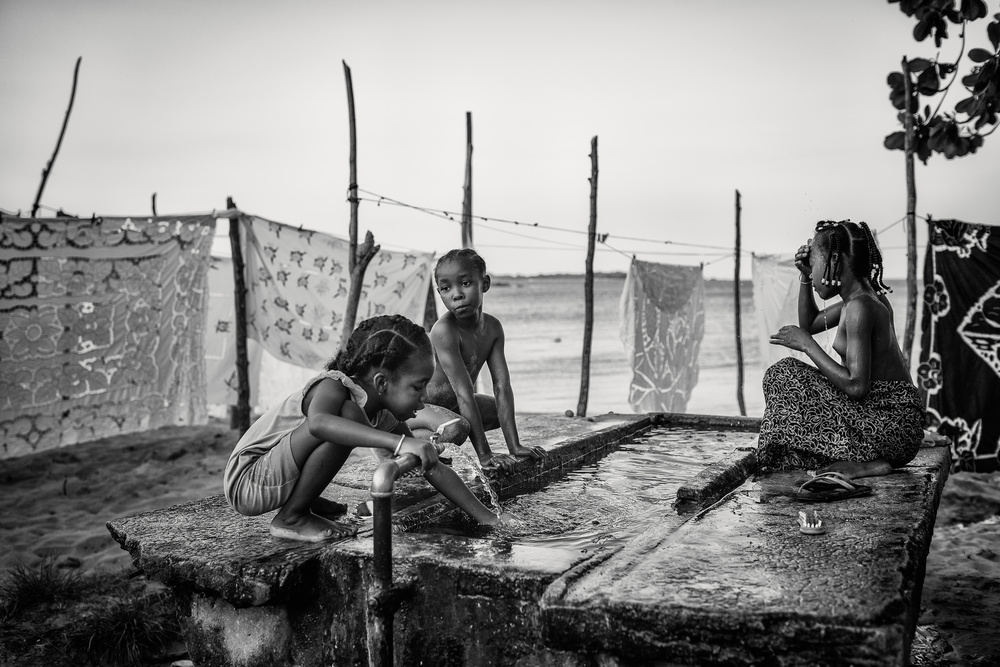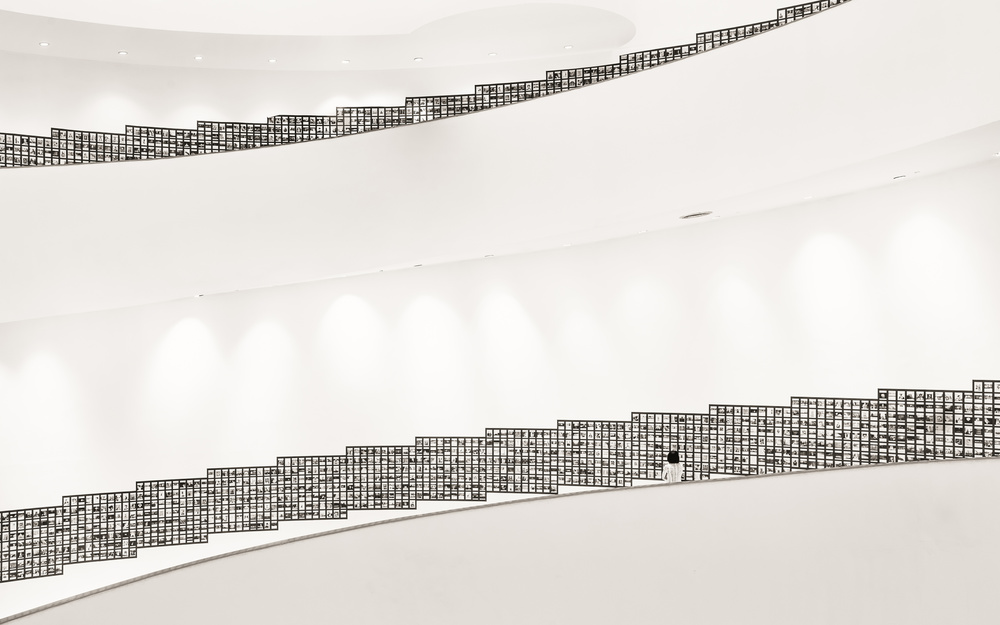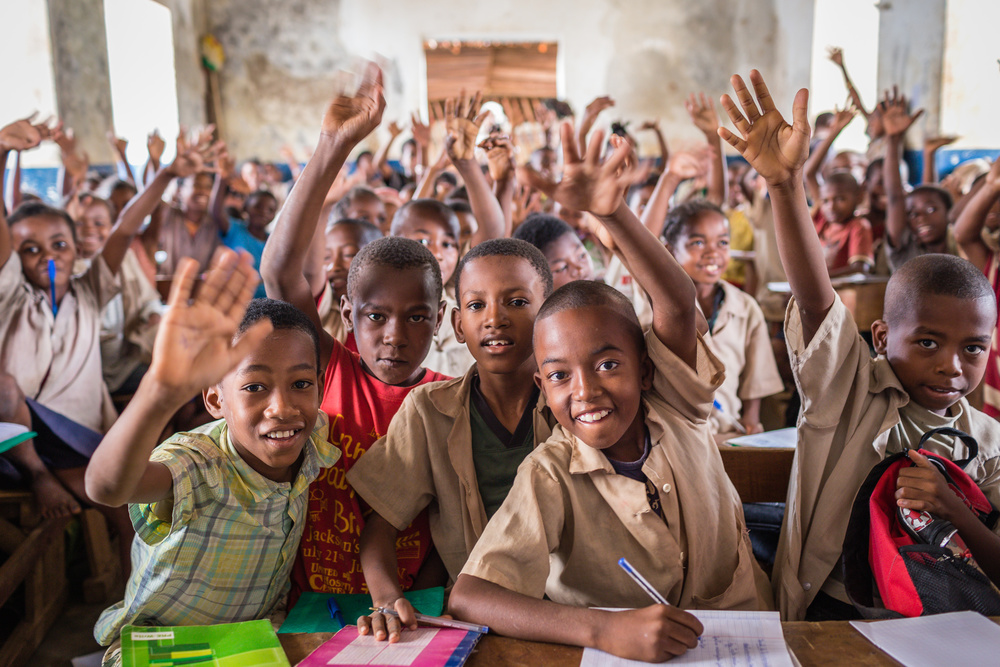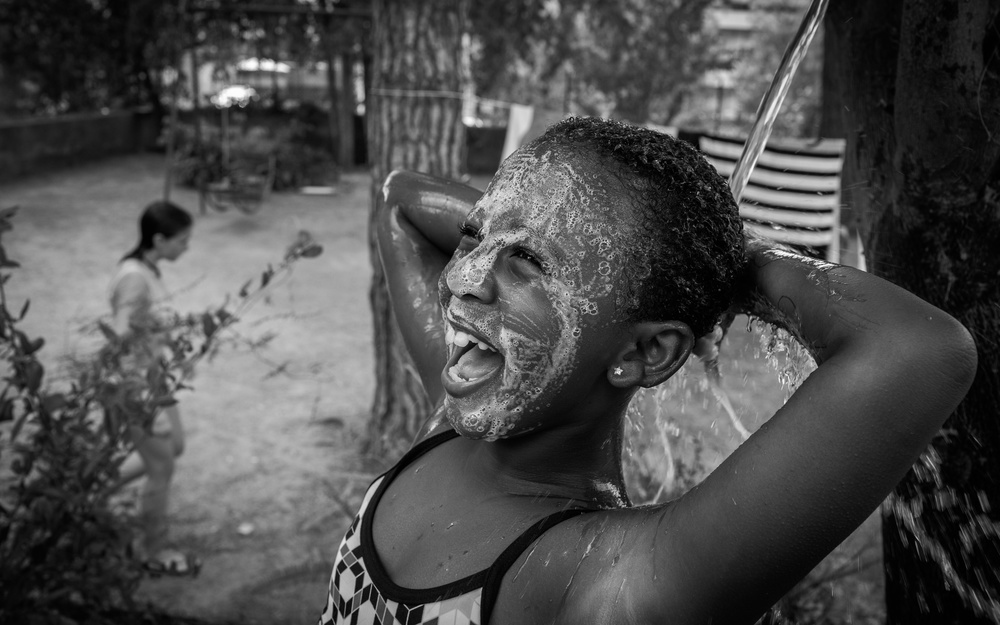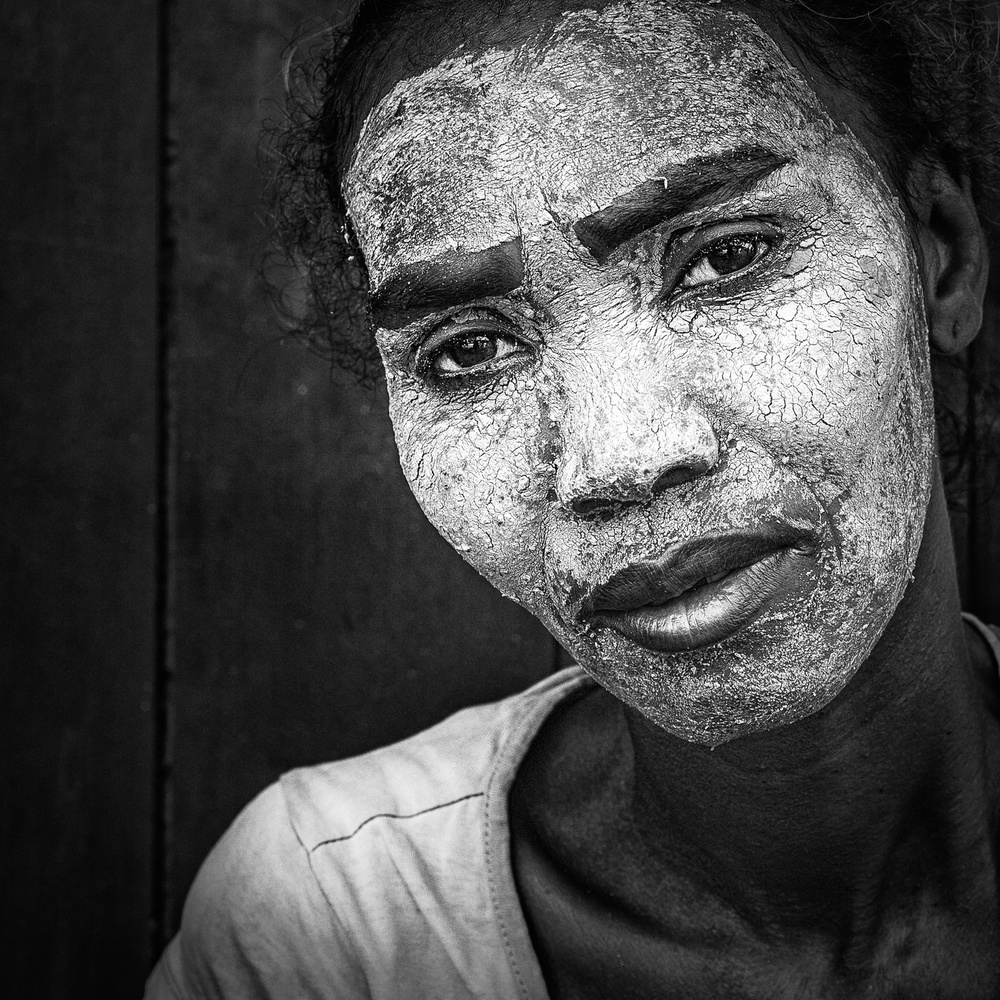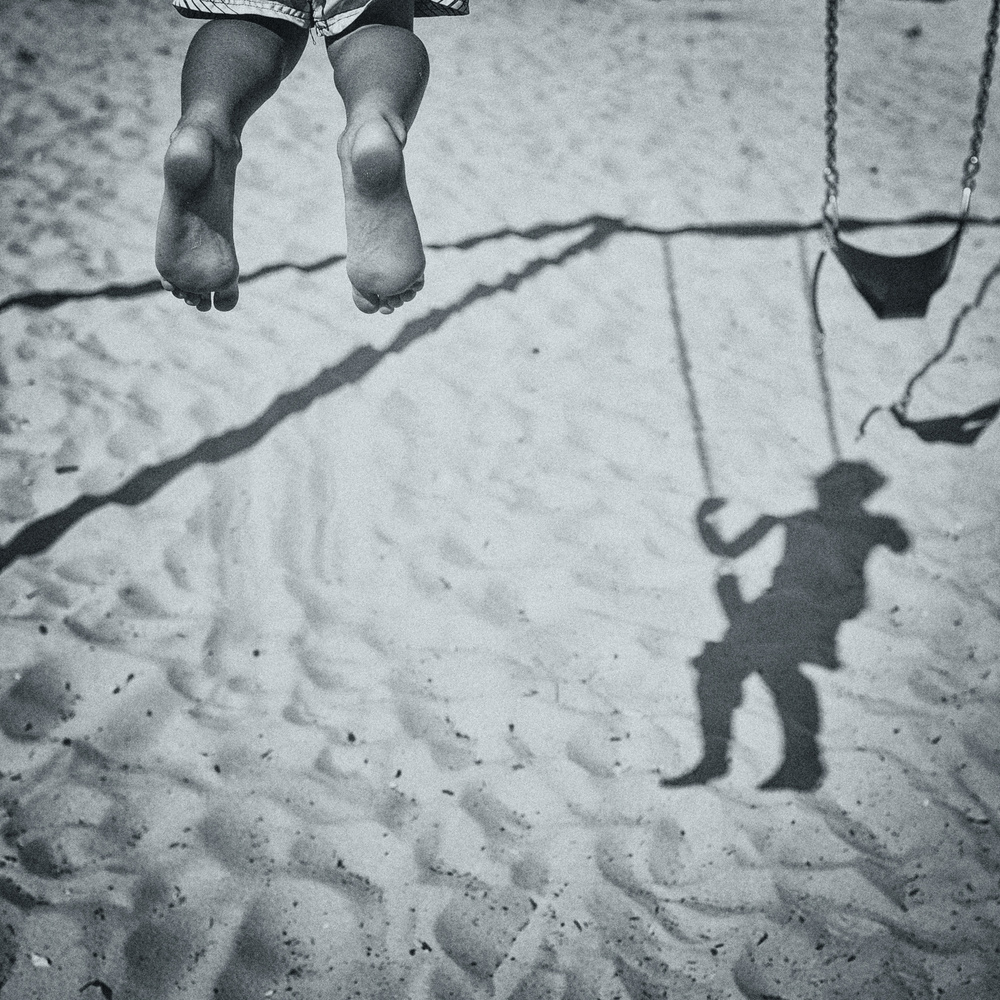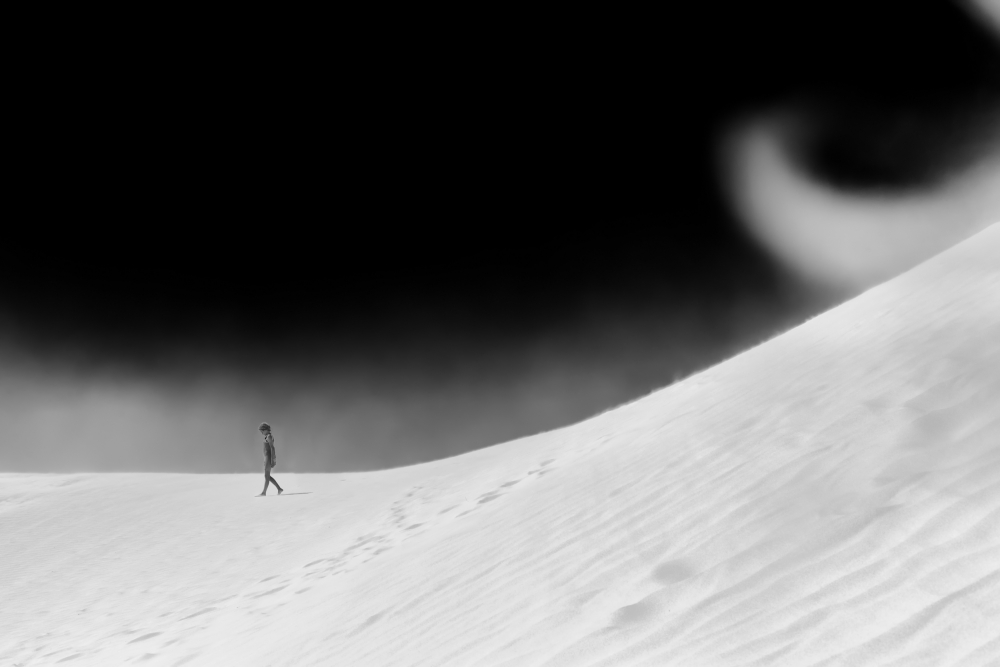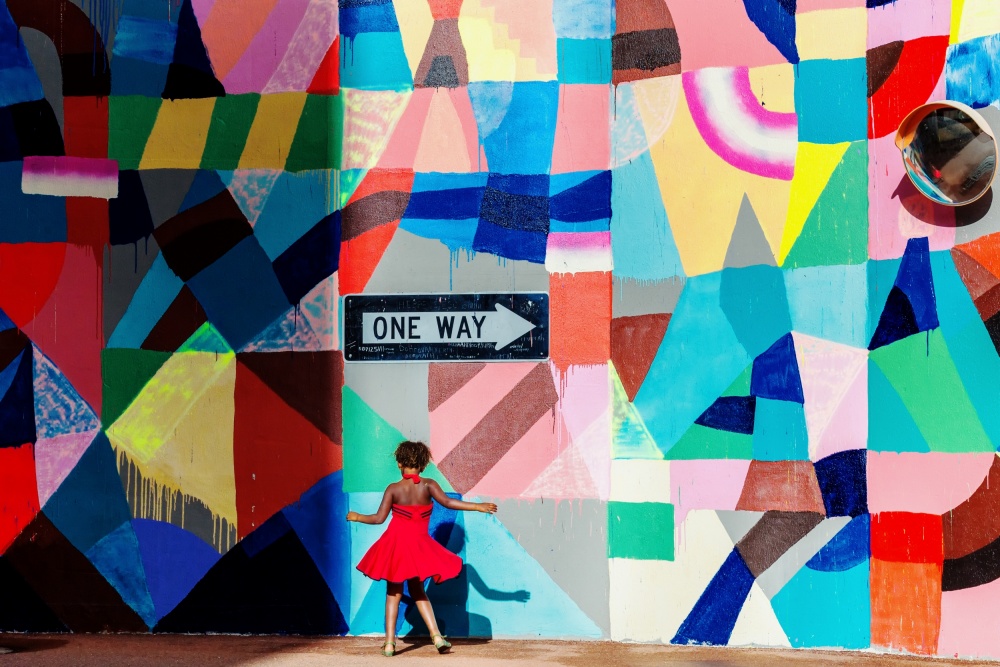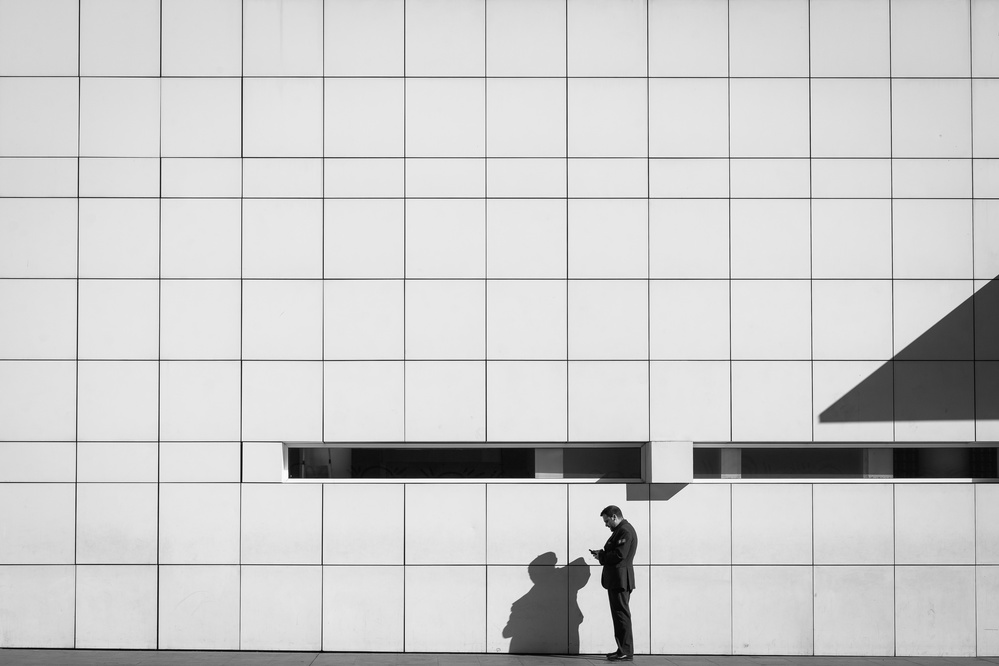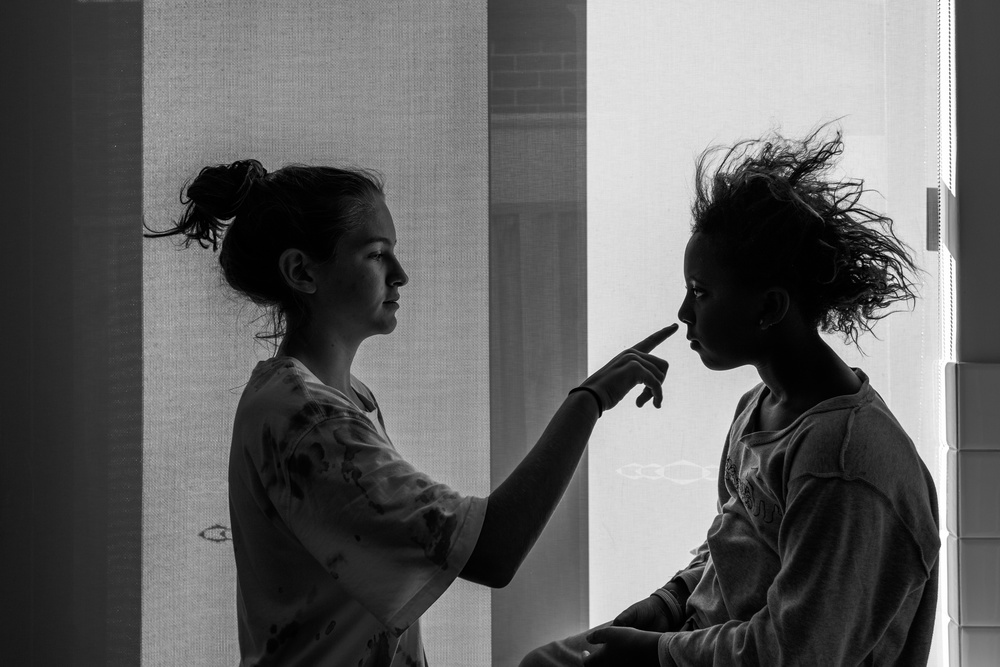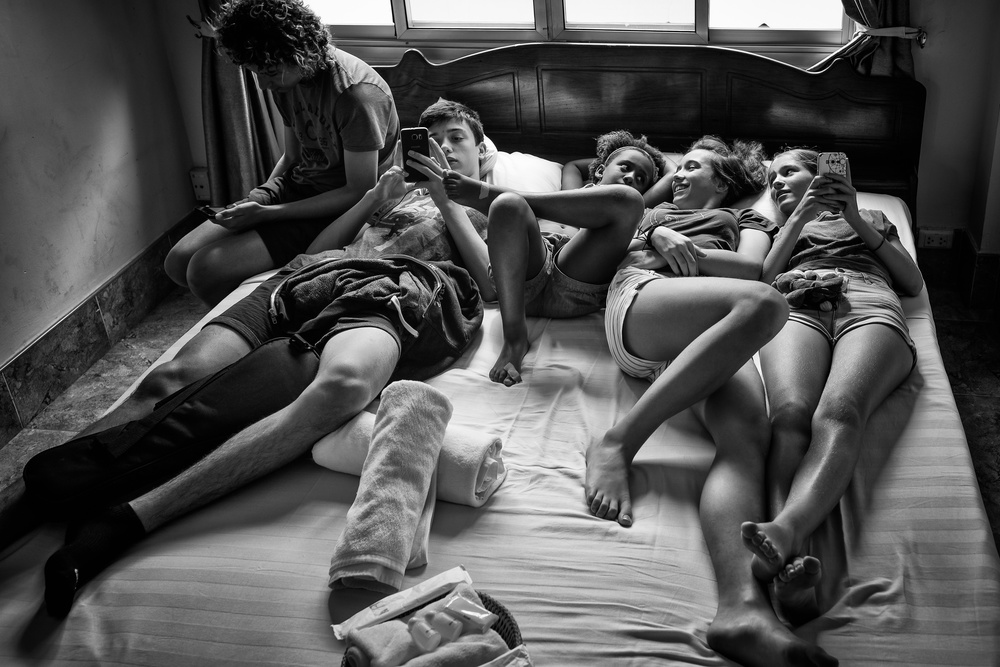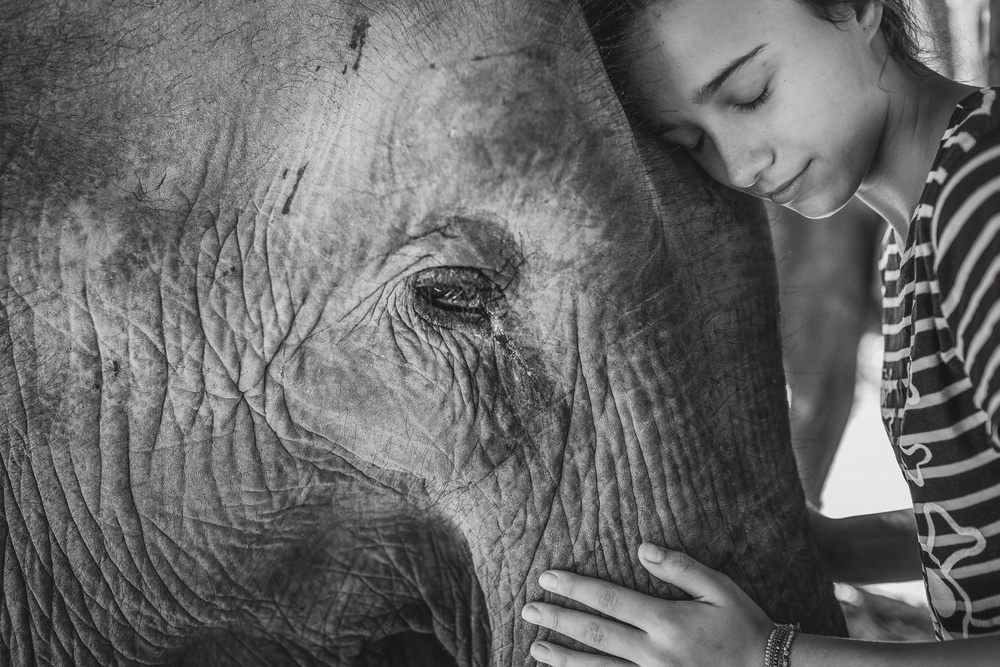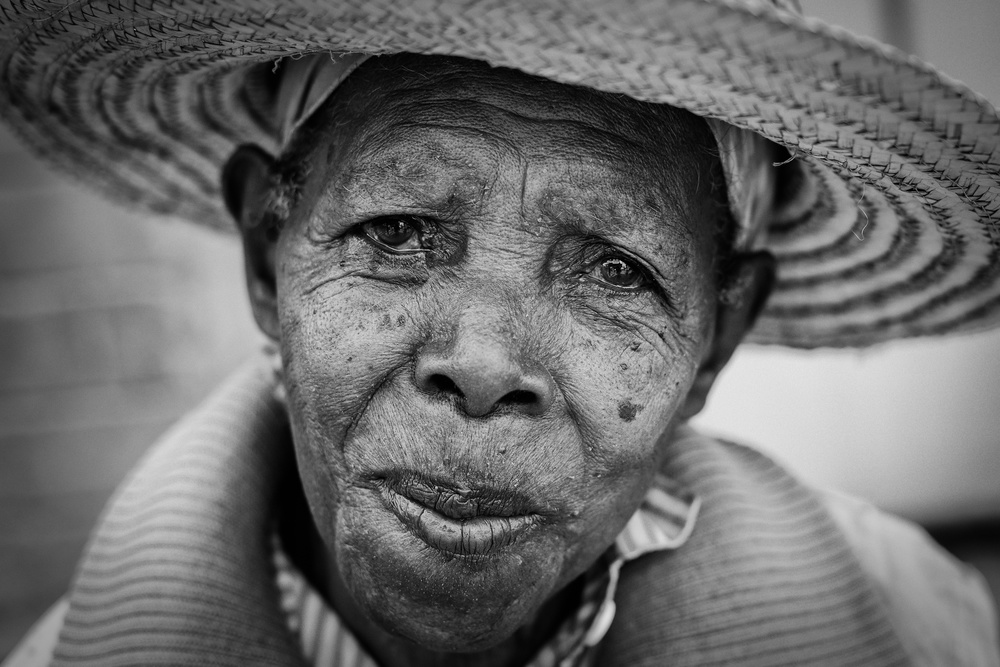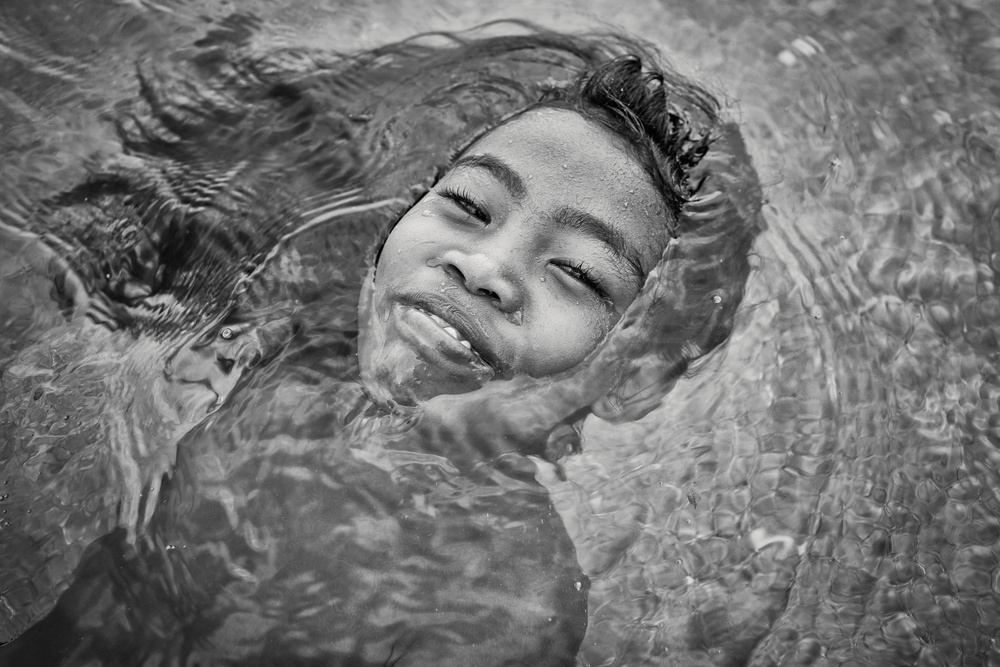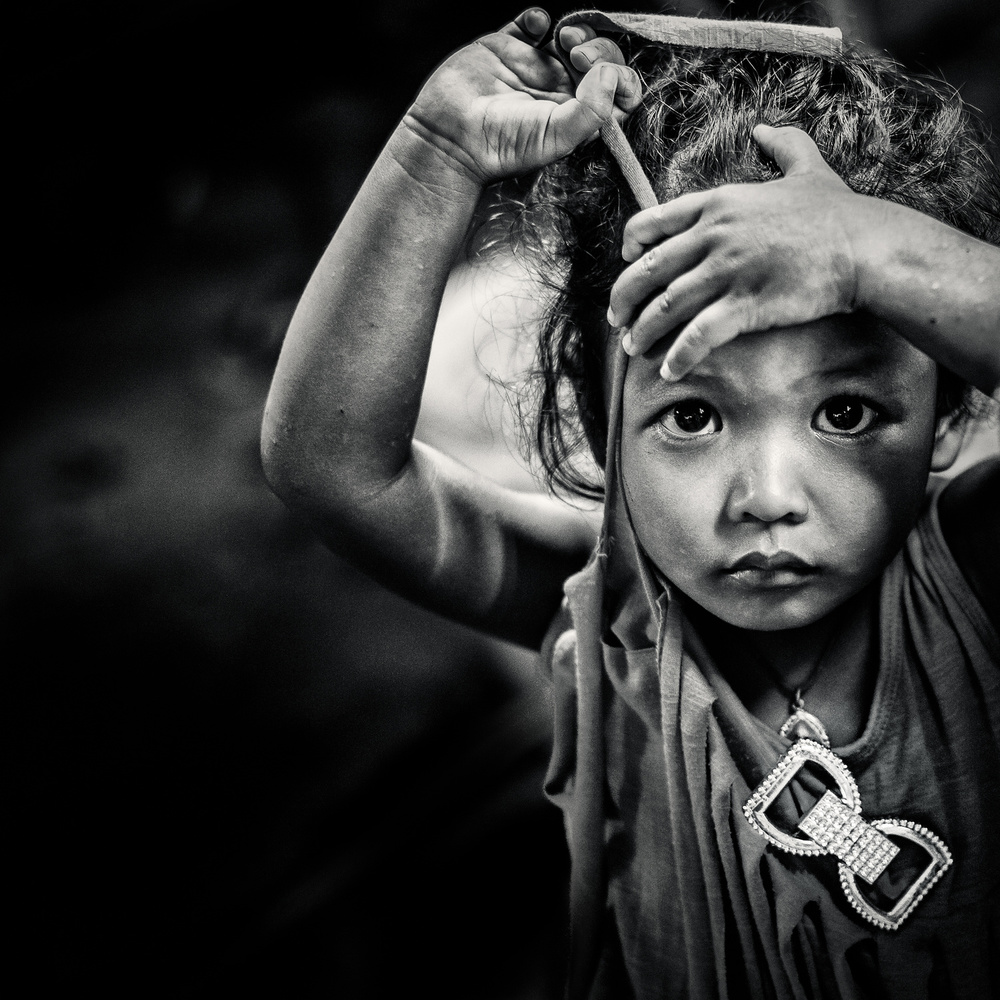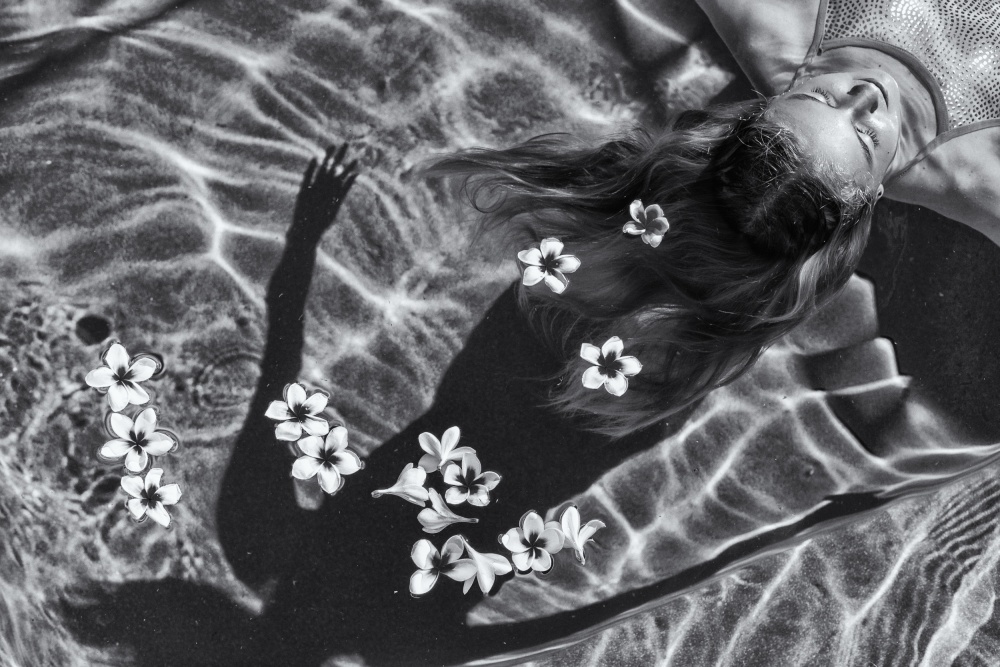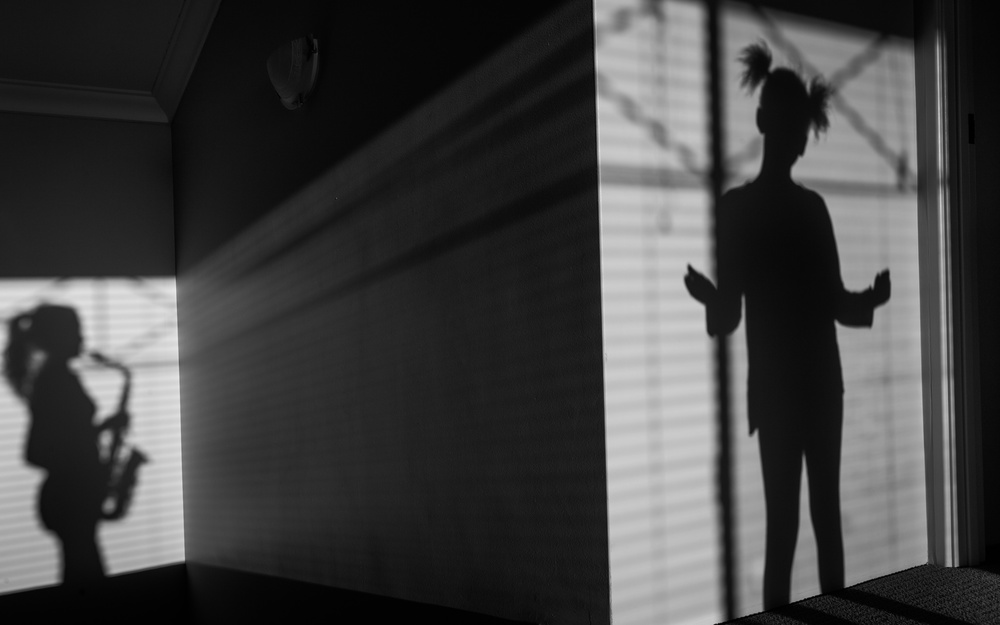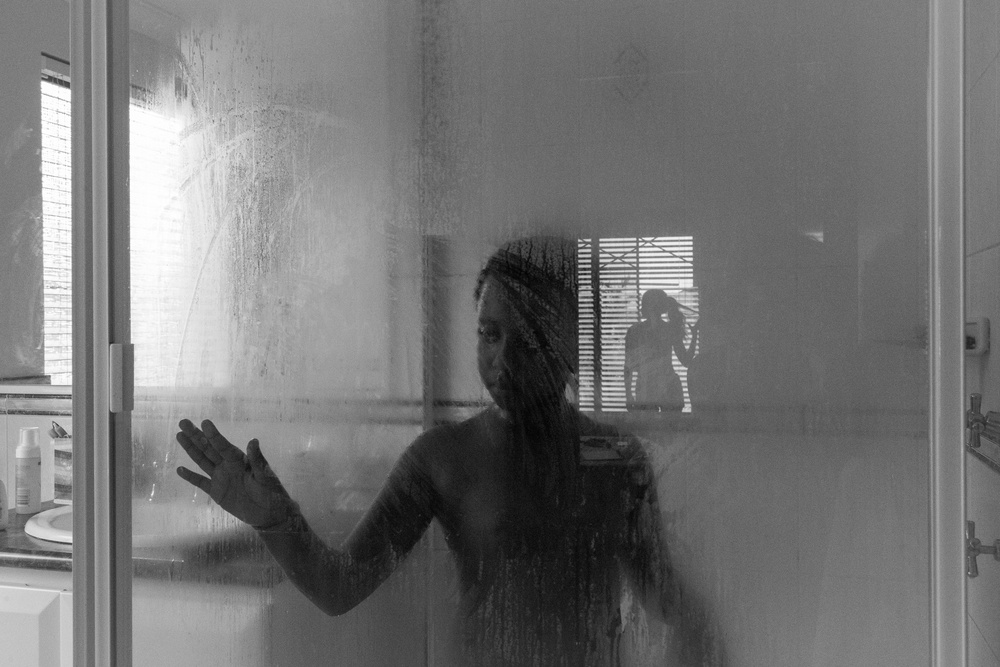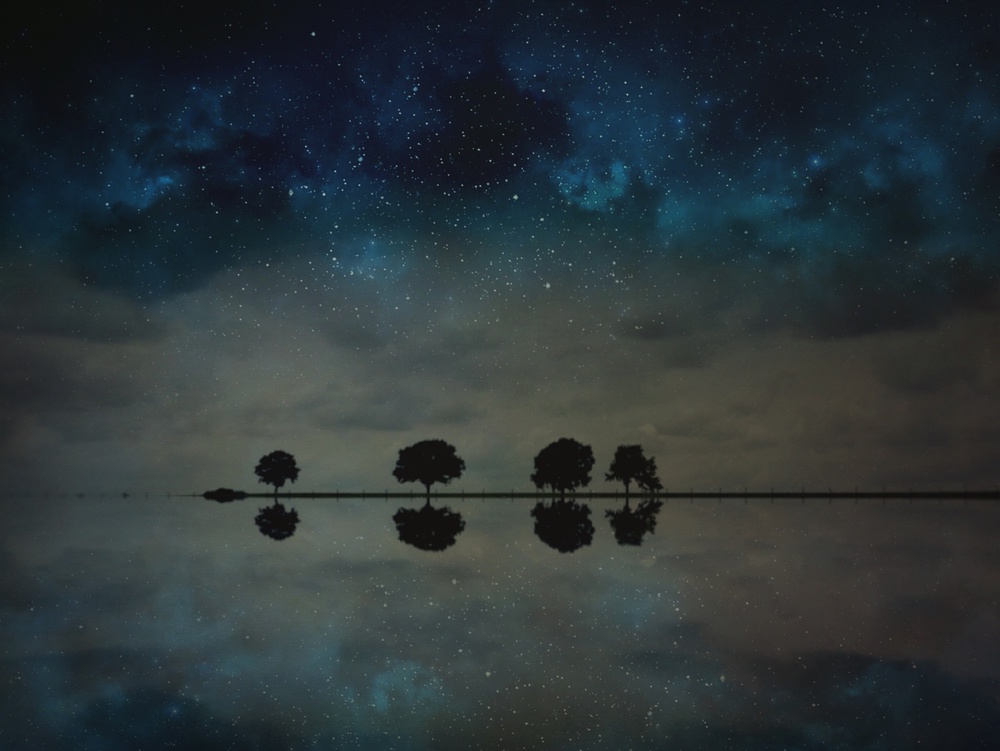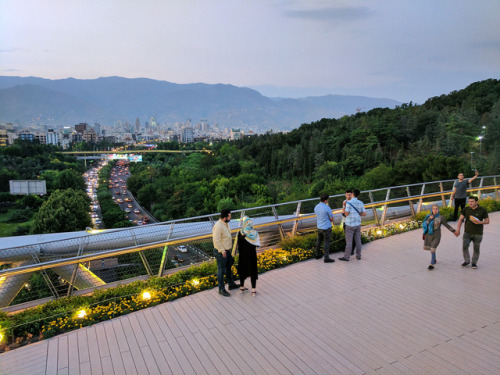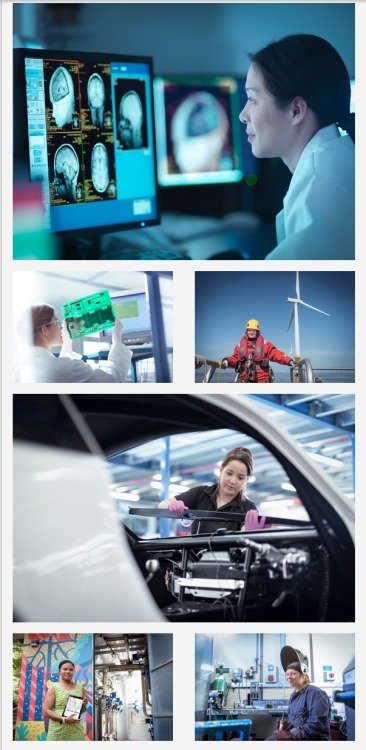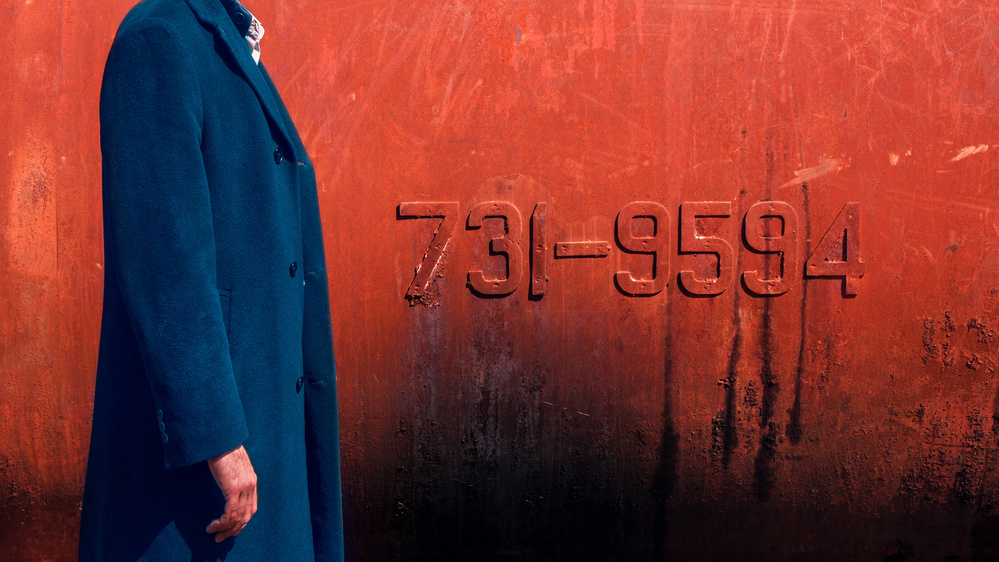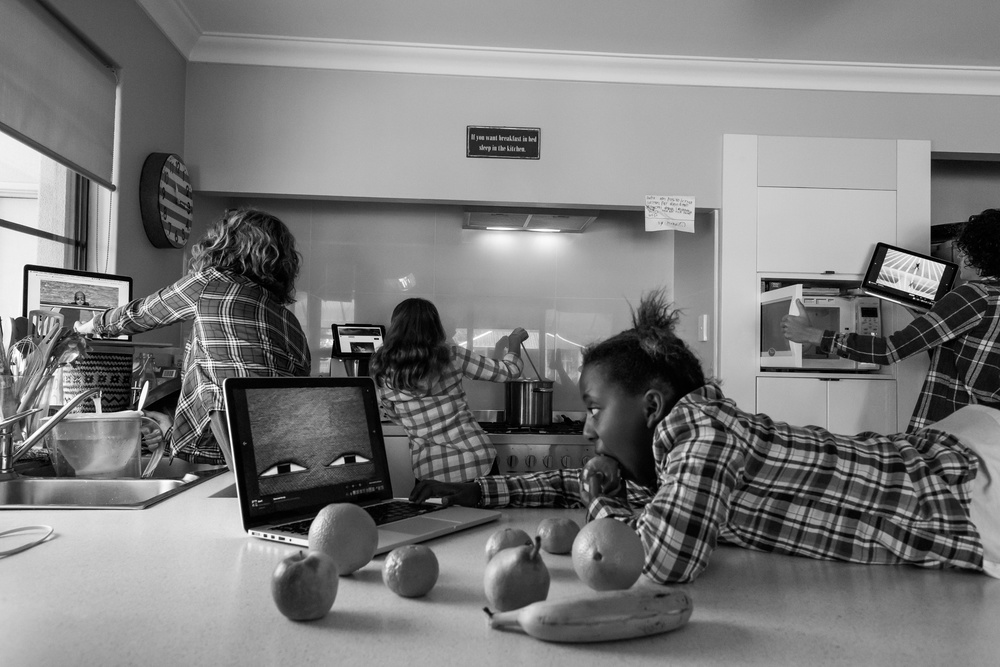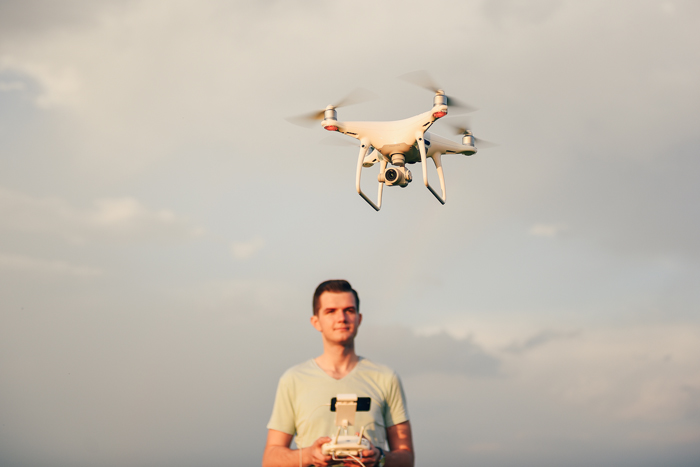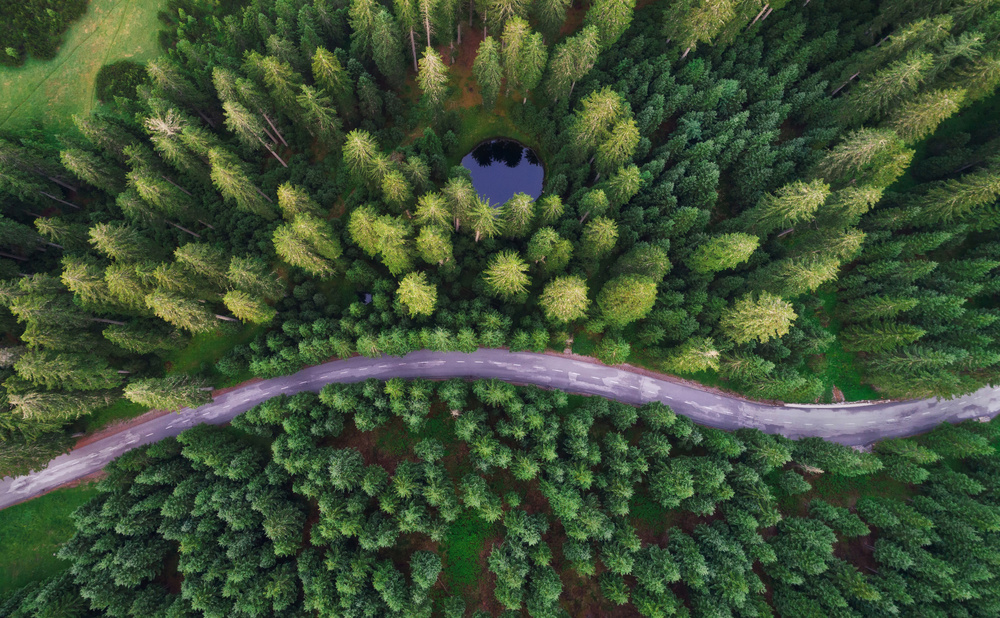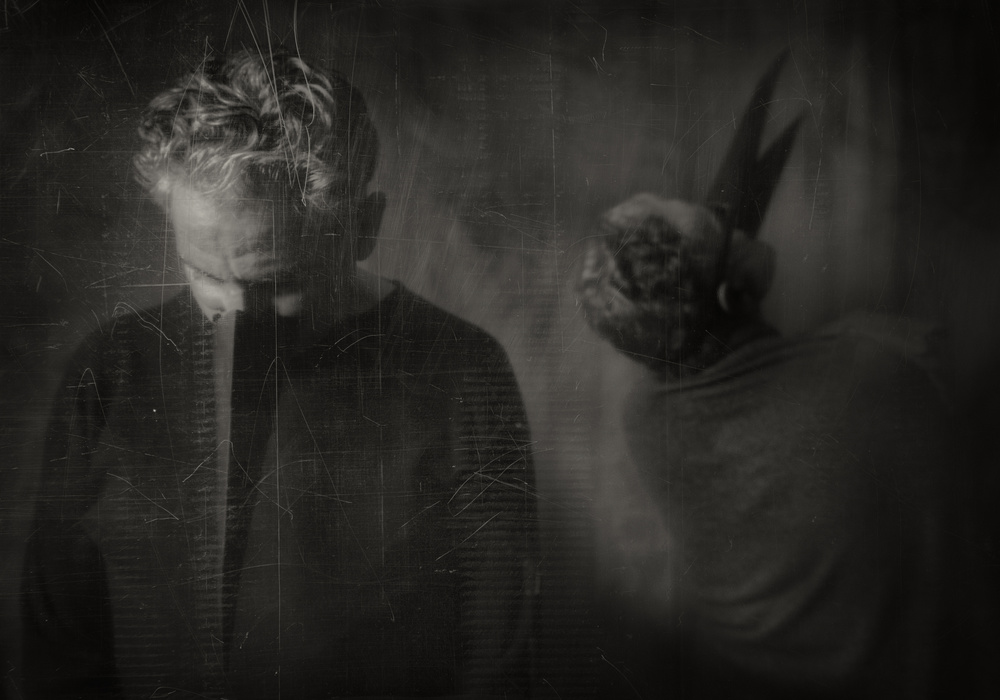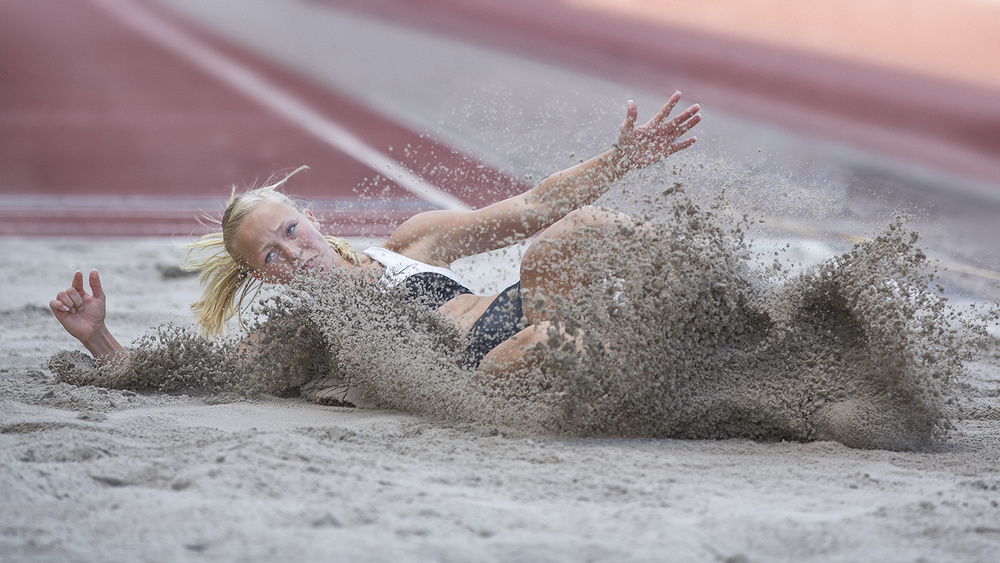Photographers
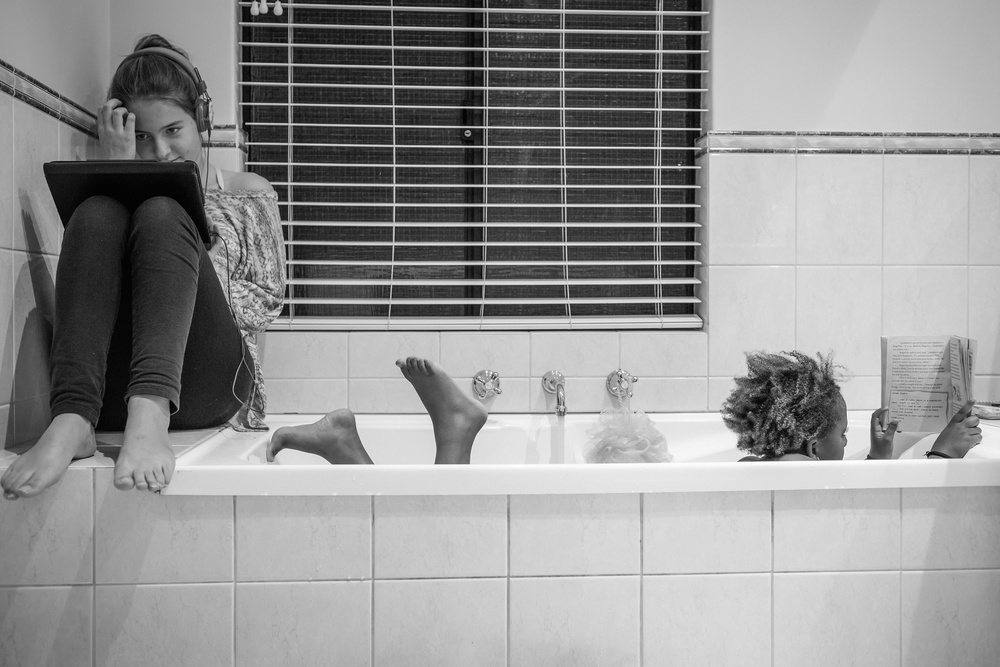
Gloria Salgado Gispert: Photographer of the week
1x Blog-PhotographersGloria Salgado Gispert is a passionate and outstanding “daily life” photographer, describing her style as “the soulfulness of life”.
She quotes: “My camera is the extension of my arm, the pen in my daily dairy. I photograph what is closest to me, the things that I most enjoy including my family, my friends and people in general. Through my images, I not only document my daily life, I also manage to see the beauty and the roughness in everyday and live the present. Photography for me is a way of living.”
Gloria also is a charming personality transmitting good vibes through her images.
Enjoy her work and listen to what she tells us in this fine interview.
Briefly tell us about yourself, dear Gloria.
I am a 46-year-old, mother of three that always tries to live fully and intensely– at home, at work, it does not matter. Those who know me well would say that I am a passionate tiny person and that you can easily feel my energy and passion in my image making.
My partner is a scientist in Oceanography and so was I meant to be, actually we both met working on an oceanographic cruise. But one day I decided that two scientists in the same family is not the best of the ideas and I moved to the private industry first and to the University later, to work as a manager.
We are both originally from Barcelona and lived in New York for a couple of years and now in Perth (Western Australia). Next step, we don’t know yet, so far we like it here.
What first attracted you to photography?
My mother used to photograph our everyday and create family albums that I have looked at hundreds of times. My childhood memories are like photographic frames, everything that I am able to remember starts in a tiny photo. When I grew older, I often borrowed her camera and without knowing or thinking about it, I built my memories through it, from my high school to my university years.
I do not know if my mother will ever forgive me, I crashed her camera in one of my trips and that was the end of my photography for a long time.
My partner surprised me with my first DSLR camera the day I turned 40 and I have not stopped taking photos ever since. Photography for me is not only something I am passionate about, it has become my obsession. My camera is the extension of my arm, the pen in my daily dairy. I photograph what is closest to me, the things that I most enjoy including my family, my friends and people in general. Through my images, I not only document my daily life, I also manage to see the beauty and the roughness in everyday and live the present. Photography for me is a way of living.
How has your history and life experiences affected your photography?
Life is too short; this is something I learned at an early age when I lost my father after a long illness. This has influenced my way of seeing life in the sense that I have always tried not to delay my passions and dreams. In photography, you materialize who you are. I am simply someone that tries to enjoy every minute.
Which are your most important experiences that have influenced your art?
I am mostly interested about living and capturing life. I simply photograph the things that happen around me and I always have my camera with me. Everything that happens around me has an impact in my photography.
Describe your overall photographic vision.
From the very beginning I have preferred to photograph for my pleasure and stay as an amateur. I fear to stop enjoying it and this has allowed me to explore my photography vision in a free way. For the last years I have taken thousands of images I did not like while trying to find my vision.
I have been pushing myself to take frames that are rich and make good use of color and black and white imagery, and I have slowly discovered that I may have the ability to shoot for composition and engagement. But maybe my most important finding has been what I really love to capture, which is the soulfulness of life.
Why are you so drawn by Everyday Photography?
Because my passion for photography provides an incredible amount of human connection And because I consider myself very fortunate to have full access to subjects like my family and friends, that nobody else has access to. I also have access to their hobbies, workplaces, and to their homes. It is like having a huge photographic studio, only for myself. Somebody once asked me, how I capture so much emotion. The answer could be that I have become invisible for them.
What is more important to you, the mood/story behind your images or the technical perfection?
Technically perfect images without expressions and emotions do not mean much to me.
For me the most memorable images are the ones that touch me emotionally.
What generally is your relationship to your subject matter beyond being an observer?
Sebastiao Salgado said once, that “the photographer does not make the picture, the picture is more good or less good in function of the relationship that you have with the people you photograph.”
I will normally start being an observer, but the best pictures will come up when people know me. Whether I am in the middle of the ocean in an oceanographic vessel, in a small village somewhere in Madagascar or in some friends’ house having dinner, I will only start taking pictures when I can feel they are comfortable.
This is not the case in my street photography, of course, when I am simply an observer waiting for the right moment to come.
Do you prepare carefully the locations where you are intending to photograph?
My camera is always with me everywhere but I do not prepare anything in advance. I prefer to get to a place with zero expectations and have no idea of what I am going to find.
Sometimes I arrive with the clear intention to take photographs and I end up with no images in my memory card. Sometimes I carry my camera just in case and I end up with hundreds of frames.
What gear do you use (camera, lenses, bag)?
I feel that it is important to constantly experiment and find out which approaches and techniques work for us. If I could afford it, I would certainly have more than one camera body and several lenses. But the truth is that most of my images have been taken with a Canon EOS 6D, a 35mm and a 50mm 1.4 lens, because that’s all I have.
What software do you use to process your images?
I must admit that I enjoy much more the image taking than the image processing.
I started with Photoshop, but I did not take long to delete it from my computer when I realized I was starting to lose control. I am shortening my work flow everyday. For several years I have been using Lightroom combined with Nick Color and Nick Silver Efex. But for the last months I have editing my images only in Lightroom and mostly in BW. The truth is that I do not normally like my images in color, because I do not remember the colors the way I see them in the screen.
Can you tell us something more about your work flow?
I very much like to work on long-term projects. When you spend more time on a project, you learn to understand your subjects.
What is your most important advice to a beginner in Everyday Photography?
To get started and take lots of pictures, because the best ideas will come out of the process.
If you just get to work, something will occur to you, but if you sit there waiting for the inspiration to come, you will be sitting for a long time.
This sentence is most probably not mine; and this brings me to my second advice.
Read a lot; go through lots of photography books, from the classics to the photographers of this century. But do not copy; try to find your own style, because your photography needs to show who you are.
Who are your favorite photographers and more importantly, how has your appreciation of their work affected how you approach your own photography?
My favorite photographers are the ones I can learn from. I actually consume lots of photography books and photography blogs. From Henri Cartier-Bresson I have learnt to take individual pictures and strive for the decisive moment. From Sebastiao Salgado I have learnt to work for a group of pictures and to tell a story. From Andre Kertesz, to always have a camera with me, from Garry Winogrand to shoot a lot, and from Martin Parr to be obsessive. And there is a long list, I could be writing for a while here.
Is there any specific photo taken by another photographer that has inspired you a lot and why?
“Basque girls running home” by Bill Allard, an image that shows two small girls scampering home to the call of their mother in a tiny French village. It is the most beautiful everyday scene I have ever seen.
Are there any specific directions that you would like to take your photography in the future or any specific goals that you wish to achieve?
A year ago I realized that there seems to be a little bit of everything in my photography without a specific direction and it would be nice moving forward to shoot images with a little more focus or a formulated plan. So I started to think about my photographs in terms of series or projects, rather than individual images. I am working on several projects at the same time; “Life Pieces” is an example.
I would like to start thinking seriously about street photography and although I am not a gear person, I know that a small mirror less camera would help me a lot on that. A project on the Australian way of life, especially during the summer months, is starting to be the more and more inside my head.
Describe your favorite photograph taken by you and why it is special to you?
The one I’m going to take tomorrow ;-)
Is there anything else you wish to add and what do you think about 1X as a home base for your work?
I am totally self-taught and I have learned by sharing my photos on the web and by receiving critics, which has allowed me to progress. Places like 1X have had a huge impact in my photography. I will never forget the day I got my first image published and I would like to take advantage of this interview to sincerely thank the curators for being there and for being tough, because this is the only way to progress.
. '

